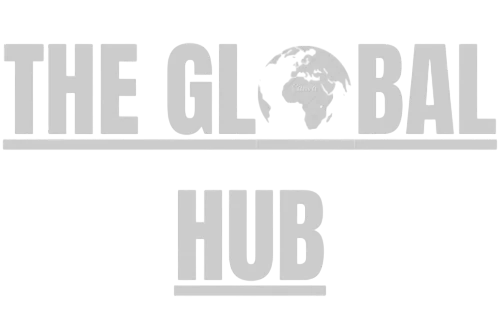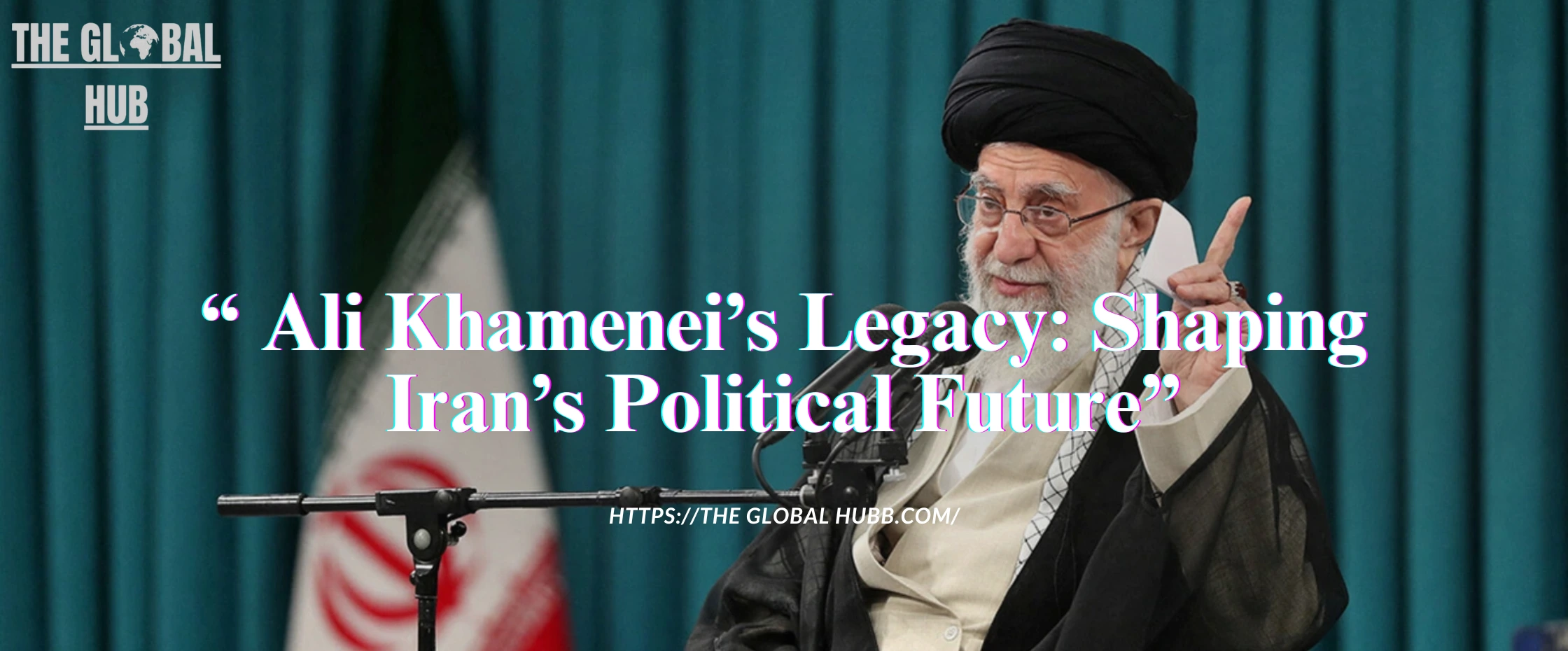Introduction
Table of Contents
ToggleAyatollah Ali Khamenei has held the title of Supreme Leader since 1989, steering Iran through stormy times and carving a lasting imprint on the country’s politics, society, and international image. Under his watch, state institutions, foreign dealings, and the everyday routines of millions of Iranians have all been reshaped. Now, in 2025, as the Israel-Iran feud flares and internal pressures rise, Khamenei’s record is facing sharper public questioning than ever before. This article takes an in-depth look at how he rose to power, how he pulled authority to himself, the harsh measures taken at home, the shift in Iran’s foreign stance, the current crisis with Israel, the looming puzzle of who comes next, and the long-term effects of his rule on Iran and the wider Middle East.
Early Life and Political Ascent
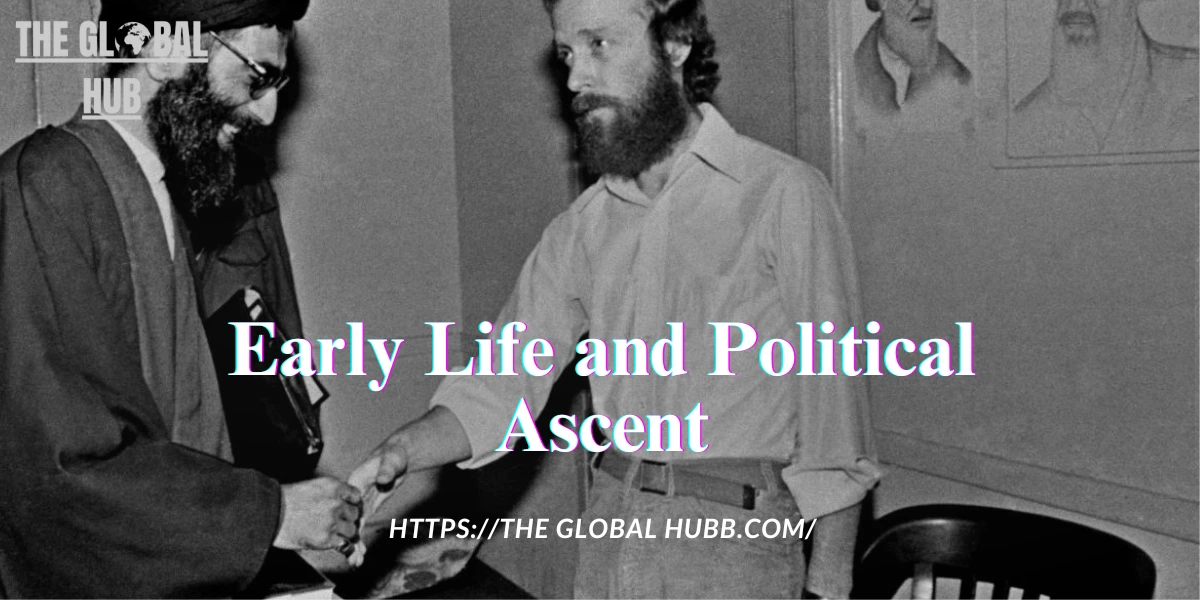
Ali Khamenei entered the world in 1939 in Mashhad, a holy city of Iran where his family had long served as clerics. As a boy, he plunged into Islamic studies while also joining protests against the Shahs government. His outspoken stand brought quick blows: jail time, beaten interrogations, and finally, years spent far from home. When the 1979 Islamic Revolution toppled the monarchy, Khamenei returned and soon stood at the country’s front line.
Afterward, he led Tehran’s Friday prayers and joined the Islamic Revolutionary Council, winning respect from both senior clerics and new militia commanders. In 1981, the murder of President Mohammad-Ali Rajai, pushed him into that office, and he stubbornly kept the job through the bloody Iran-Iraq War. During those dark years, assassins struck again; the blast shattered his right arm, a silent scar that still lifts proof of Iran’s perilous early days.
Becoming Supreme Leader
When Ayatollah Ruhollah Khomeini passed away in 1989, Iran suddenly needed a new top leader. Ali Khamenei, though not the highest-ranking cleric, stepped up because he had been Khomeinis right-hand man and was seen as politically sharp. The assembly quickly changed the Constitution so that the job had lighter religious rules, clearing the path for him.
Khamenei’s rise became a turning point for the Islamic Republic. He took charge of a country worn out by the Iran-Iraq War, short on cash, and split into rival factions. Almost at once, he moved to tighten his grip, rewriting parts of the state system and boosting the leader’s power.
Centralization of Power
Since then, Khamenei’s name has become tied to a shrinking circle around the Supreme Leader. He commands the president, the army, the courts, and even the newspapers. With the Guardian Council and other appointed groups, he blocks almost anyone who disagrees from running, choking off real political debate.
Khamenei stays in power thanks in large part to his close partnership with the Islamic Revolutionary Guard Corps, or IRGC. Over the years the Guard has morphed into a powerhouse that not only protects the leadership, but also runs huge chunks of Iran’s economy and exercises real political muscle. Khamenei turns to the IRGC whenever he needs to silence critics, control overseas missions, or make sure everyone stays loyal to the official ideology.
Because so much authority is packed in one place, Iran’s politics now leave little room for open disagreement, and calls for reform are usually snuffed out fast. From his lofty office, the Supreme Leader directs a tangled network of agencies whose only job is to shore up the system and block any attempt to question clerical rule.
Domestic Repression and Social Unrest
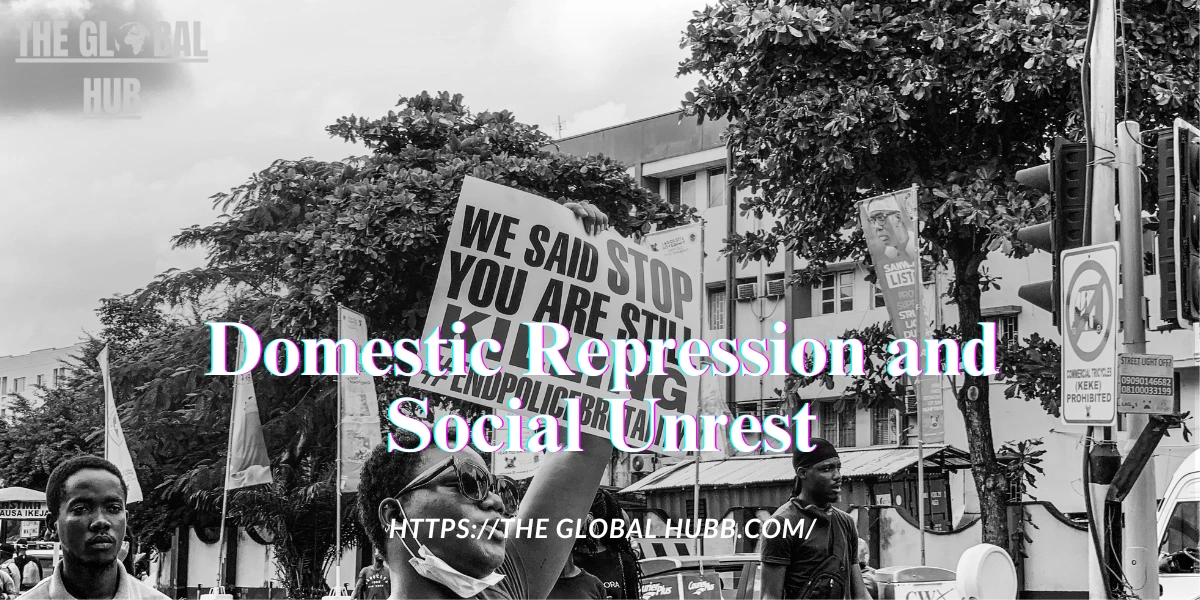
Khamenei’s rule has brought repeated bursts of protest followed by brutal crackdowns. From the 1999 student uprising to the 2009 Green Movement and the 2022 Mahsa Amini outpouring, ordinary Iranians have marched again and again for basic change. Each time the authorities reply with batons, mass arrests, and even death sentences.
Hard economic conditions lie beneath much of this anger. Heavy foreign sanctions, widespread graft, and plain mismanagement have pushed countless families to the breaking point. Soaring prices, joblessness, and tight political space have especially pushed young people and women to the front lines, making them key voices in almost every demonstration.
Even with serious risks, calls for reform-and even full regime change-keep getting louder, as chants like Death to Khamenei ring out at protests nationwide. Khamenei’s security forces, who take orders straight from him, know how to beat back crowds, yet the sheer size and regularity of those crowds show something much deeper is wrong in Iranian society.
Shaping Iran’s Foreign Policy
Khamenei has cast Iran as the heart of what he calls the Axis of Resistance, a bloc that pushes back against Western power and backs armed groups around the Middle East. This anti-West, anti-Israel outlook has shaped Iran’s foreign policy for years. Under his watch, Tehrans money, weapons, and training have flowed to Hezbollah in Lebanon, Hamas in Gaza, and a host of militias in Iraq and Syria.
The nuclear question sits at the top of the argument between Iran and the West. Khamenei claims the program is peaceful and has even issued a religious fatwa saying nuclear weapons are forbidden. Yet that very drive for advanced nuclear know-how has locked Iran outside the global economy and slapped the country with harsh sanctions. His unwillingness to budge on key demands keeps Tehran headed toward further clash with the United States and Israel.
Under Supreme Leader Ali Khamenei, Iran’s foreign policy has aimed to stretch its reach across the region, using proxy forces and secret strikes instead of large, formal armies. While this strategy has helped Tehran portray itself as a rising power, it has also stirred violence and chaos in many Middle Eastern nations.
The Israel-Iran Conflict: 2025 Updates
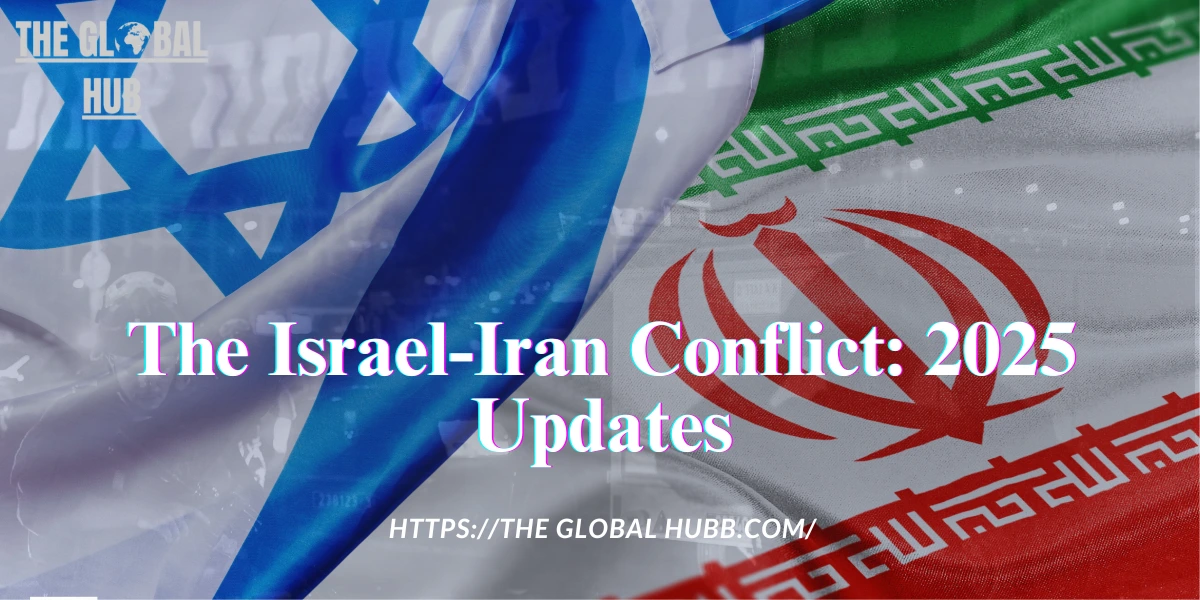
By 2025, the long-running struggle between Iran and Israel has exploded into its most open phase. After years spent trading cyber hacks, covert missions, and fight-backs through allied militias, both sides are now exchanging fire in clear daylight. Iran has fired waves of missiles toward Israeli cities such as Haifa, killing civilians and sending thousands into shelters. In reply, Israel has answered with punishing air raids on Iran’s military bases and oil facilities, aiming at top commanders and key hardware.
The fighting has paid a grim price in human lives on both fronts. Hospitals in Haifa and Tel Aviv are struggling with surge cases, while blackouts and fuel shortages grip Iranian towns hit by the Israeli bombs. The targeted killing of the IRGCs intelligence chief has rattled Tehrans leaders and laid bare cracks in the country’s tight security web.
Internationally, the fighting has stalled ongoing nuclear talks and sparked urgent calls to cool things down. The United States, along with European allies, keeps pushing both sides to sit at the table again, yet deep mistrust blocks progress. Inside Iran, the war has widened rifts, with many citizens questioning Supreme Leader Khamenei’s aggressive foreign strategy.
For more details and breaking updates, see:
- Al Jazeera: Bombardment, strikes, deaths in third day of fierce Israel-Iran conflict
- Reuters: Israel says Tehran residents to ‘pay price’ after Tel Aviv, Haifa attacks
- DW: Iran, Israel escalate strikes amid rising death toll
Succession and the Future of Iran
As Khamenei gets older, talk about who steps in after him grows louder. The sudden death of President Ebrahim Raisi in a helicopter crash pushed rumors into overdrive, with many now eyeing Khamenei’s son, Mojtaba, as a top candidate. Still, Mojtabas limited religious status and the secretive way the Assembly of Experts works keep the whole succession game shaky and hard to read.
The rising power of Iran’s Revolutionary Guards adds another twist to an already tangled picture. Some experts think the Guards might push in a weak, showy Supreme Leader while they pull the real strings behind closed doors. Other observers fear hard-liners, reformists, and security chiefs could end up wrestling each other for control.
A fresh wave of protests proves that many ordinary Iranians no longer accept business as usual. If the next leader looks shaky, citizens could surge into the streets, calling for sweeping change rather than just a new face at the top.
For more on the succession debate:
- NDTV: Iran President’s Death Reshapes Succession, Puts Focus on Supreme Leader’s Son
- Middle East Institute: Moving to a post-Khamenei era: The role of the Assembly of Experts
Public Opinion and Social Unrest
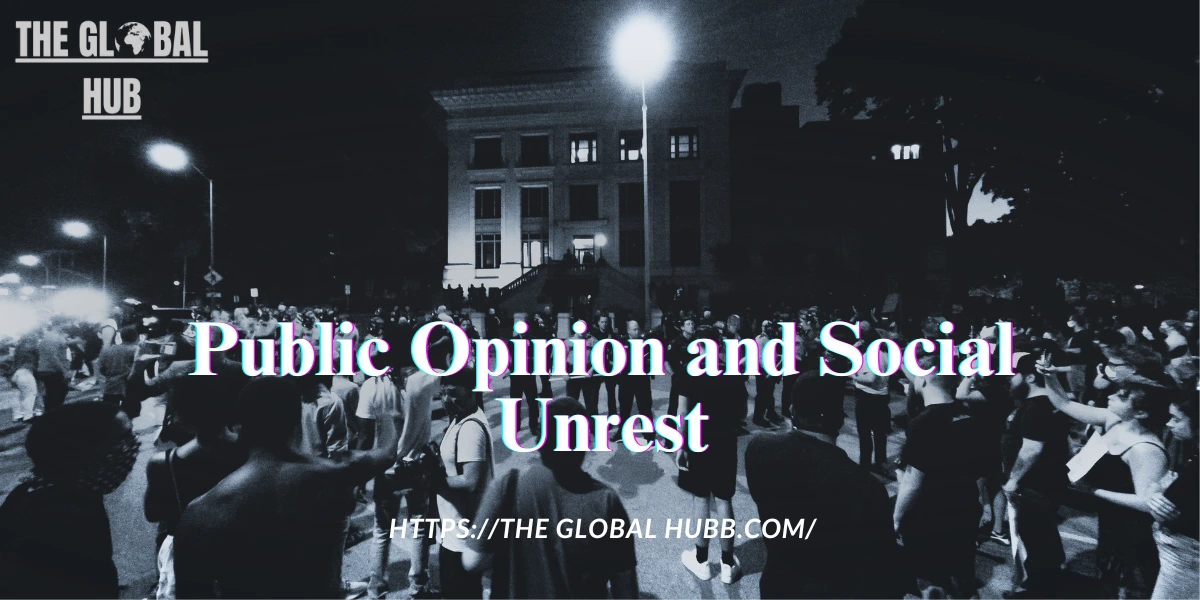
People s anger at Khamenei and his clerical allies has climbed to heights seldom seen before. Years of rising prices, heavy-handed policing, and promises left unkept have hollowed out the regime s claim to legitimacy. Khamenei himself has warned that the biggest threat now comes from restless Iranians at home, not from foreign enemies.
Slogans aimed at Khamenei now fill the streets during almost every protest, and even some insiders in his own circle are starting to question whether his choices make sense. The IRGC and other security units still pledge loyalty, yet tiny fractures appear whenever prices spike or Iran is pushed further into global isolation.
For more on public sentiment and protest movements:
- NCRI: Iran News in Brief – February 12, 2025
- Eurasia Review: Khamenei Admits Defeat In Battle For Public Trust Among Iran’s People
Khamenei’s Enduring Impact
Khamenei’s time in power leaves a mixed record that supporters and critics read very differently. On one hand, he has kept the Islamic Republic alive through waves of unrest, outlasted foreign sanctions, widened Iran’s sway across the region, and handed the clerical class tighter control. On the other, his era also brought plunging living standards, harsh censorship, and a rising tide of public anger that no amount of state media spin can easily wash away.
The choices he made-notably the fight with Israel, backing (often costly) proxy militias, and the still-unsettled nuclear program-have already reshaped Iran’s path and the larger Middle East. Because of them, Khamenei’s shadow will loom long after he steps down or passes away, no matter who takes over next.
The Role of the Revolutionary Guard
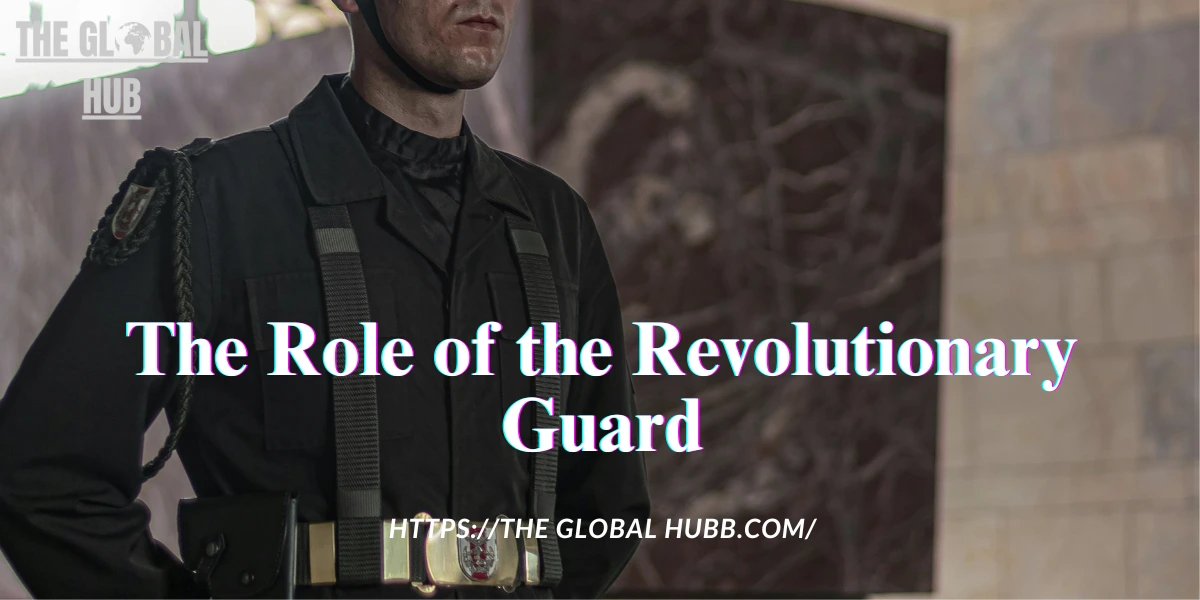
The Islamic Revolutionary Guard Corps (IRGC) now calls many of the shots inIran’s politics and day-to-day business, mostly because Supreme Leader Ali Khamenei backs them. Their job list stretches way past guarding the country; they run big factories, handle huge banks, and steer important political decisions. Because they stand by Khamenei, the Guards have helped silence critics and keep his government from falling apart.
Yet that same power has stirred arguments inside the ruling elite. Reform-minded officials and some old-school clerics worry the Guards sway clouds the Republics early ideals, while hard-line leaders argue the military group is the only thing stopping the revolution from dying.
The Nuclear Issue and International Sanctions
Iran’s nuclear work has sparked fights with the outside world ever since Khamenei took the top seat. Even though he has declared a religious ban on atomic bombs and says his reactors serve peaceful plans, many Western capitals doubt that story. Years of talks that led nowhere, broken promises on both sides, and deep mistrust have triggered tough sanctions that hit Iranian families hard.
Sanctions have hit every day Iranians hard, pushing up job losses, soaring prices, and empty store shelves. Supreme Leader Khamenei, while refusing to bend on the nuclear talks, has turned that tough stance into both national pride and deep hardship for many.
The Cultural and Social Impact
Khamenei’s rule has also shaped Iran’s culture and daily life far beyond foreign deals. Strict Islamic rules, especially for women, sit alongside heavy controls on TV, art, and schools. Young people, however, push back hard, craving more freedom and a friendlier link to the outside world.
Brave artists, writers, and filmmakers still sneak arrows of protest through tight censorship. They use social media as a loud, fast town square, coordinating marches, swapping news, and sketching a future they refuse to let anyone silence.
The Regional Dimension: Iran’s Influence in the Middle East
Since the 1980s, Khamenei’s Iran has run an ambitious plan to stretch its power across the Middle East. It uses allies, armed groups, and sometimes direct troops to get the job done. That gamble has earned wins and losses alike. Support for Hezbollah helped turn the group into Tehran’s big voice in Lebanon, and cash and weapons to Shiite militias in Iraq and Syria let Iran steer key battles.
Yet these moves also stirred sharp backlash from Saudi Arabia, Israel, and the United States. Their counter-efforts, often fought through surrogates, have poured fuel on Yemen, Syria, and Gaza, leaving millions injured or displaced.
The Future: Scenarios for Post-Khamenei Iran
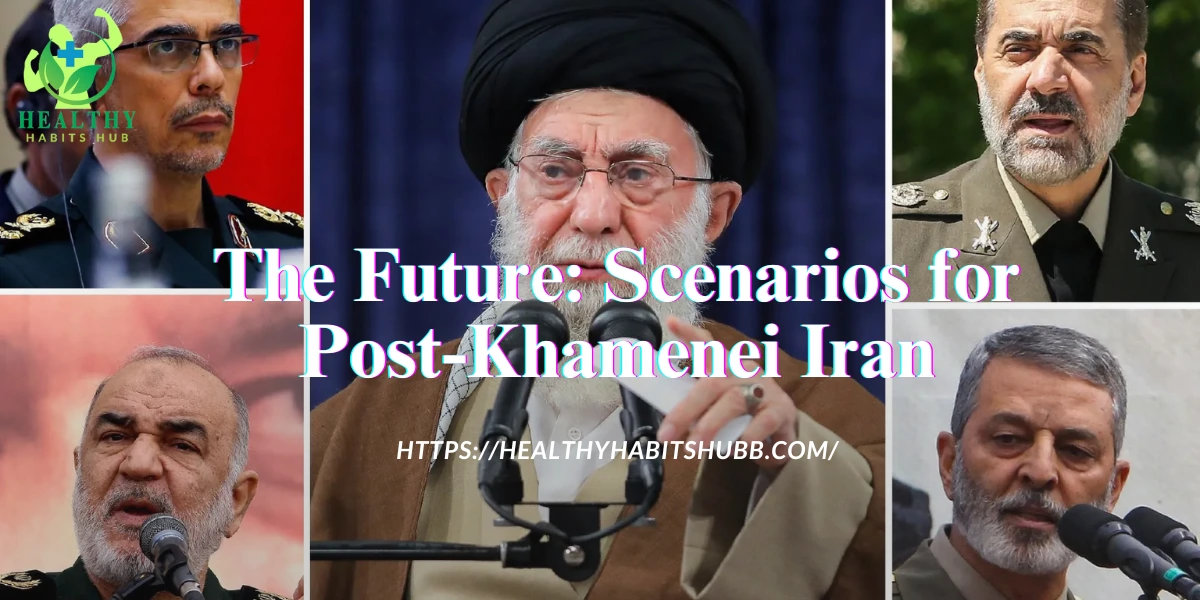
With Ali Khamenei aging, Iran faces a fork in the road. If his son Mojtaba or another IRGC loyalist takes over, repression and border clashes are likely to roll on. A messy power grab between generals, clerics, and wary reformers might instead crack the system from within. Public anger could even boil into street protests, demanding real change. Any of these paths, or a mix of them, will shape Tehrans course for years to come.
What happens next in Iran’s leadership race will matter a lot, not only for everyday Iranians but also for other countries in the Middle East that keep a close eye on Tehran. The decisions made over the next few years will spell out whether Iran stays on its present course or tries something completely new.
Conclusion
Ali Khamenei’s mark is tied to the very survival of the Islamic Republic. With pressure rising from inside Iran and from abroad, the issue of who takes over after him has moved to the front burner. The choices made in that next chapter will shape Iran’s politics and, by extension, how it acts in the region. Whether the country keeps walking the road it knows or turns toward deep reform will rest on the shoulders of younger leaders-and, still, on the long shadow cast by the man who has steered Iran for over thirty years.
Related Articles and News
- Al Jazeera: Bombardment, strikes, deaths in third day of fierce Israel-Iran conflict
- Reuters: Israel says Tehran residents to ‘pay price’ after Tel Aviv, Haifa attacks
- DW: Iran, Israel escalate strikes amid rising death toll
- NDTV: Iran President’s Death Reshapes Succession, Puts Focus on Supreme Leader’s Son
- Middle East Institute: Moving to a post-Khamenei era: The role of the Assembly of Experts
- NCRI: Iran News in Brief – February 12, 2025
- Eurasia Review: Khamenei Admits Defeat In Battle For Public Trust Among Iran’s People
- Washington Institute: The Developing Cracks in Khamenei’s Cult of Personality
- Le Monde: Iran’s Supreme Leader Ali Khamenei is the main obstacle to negotiations with the US
